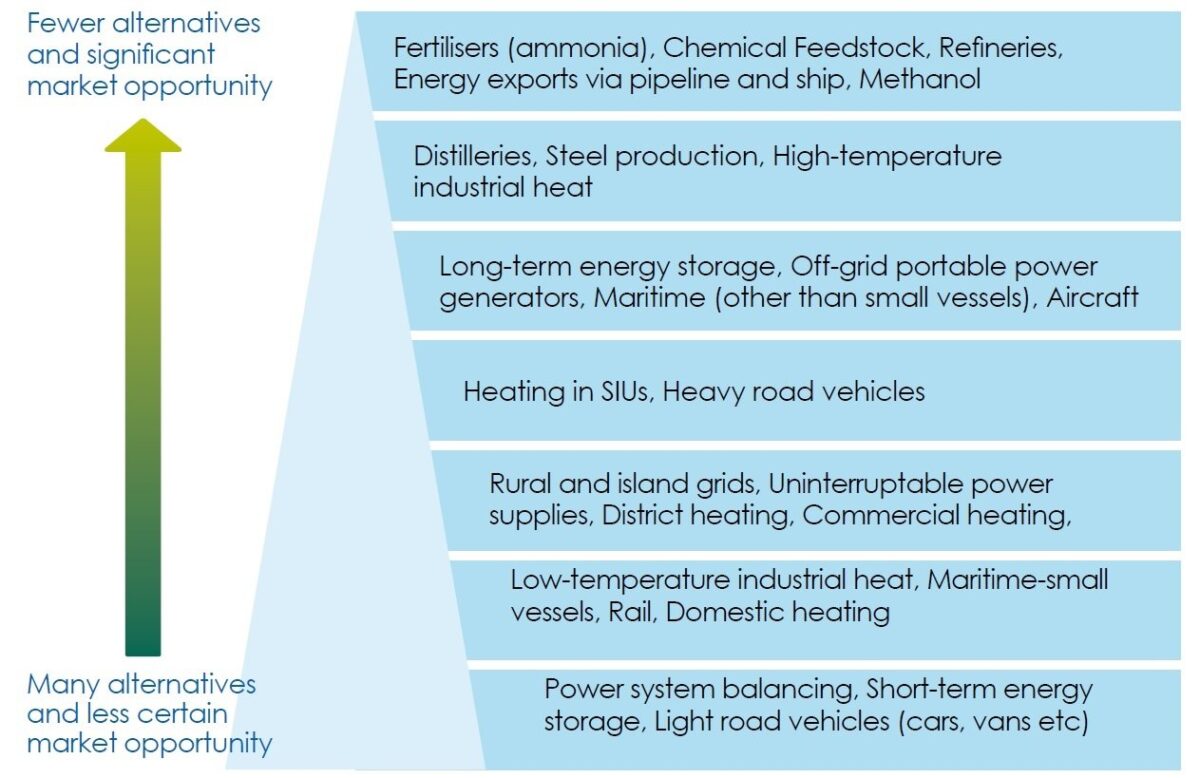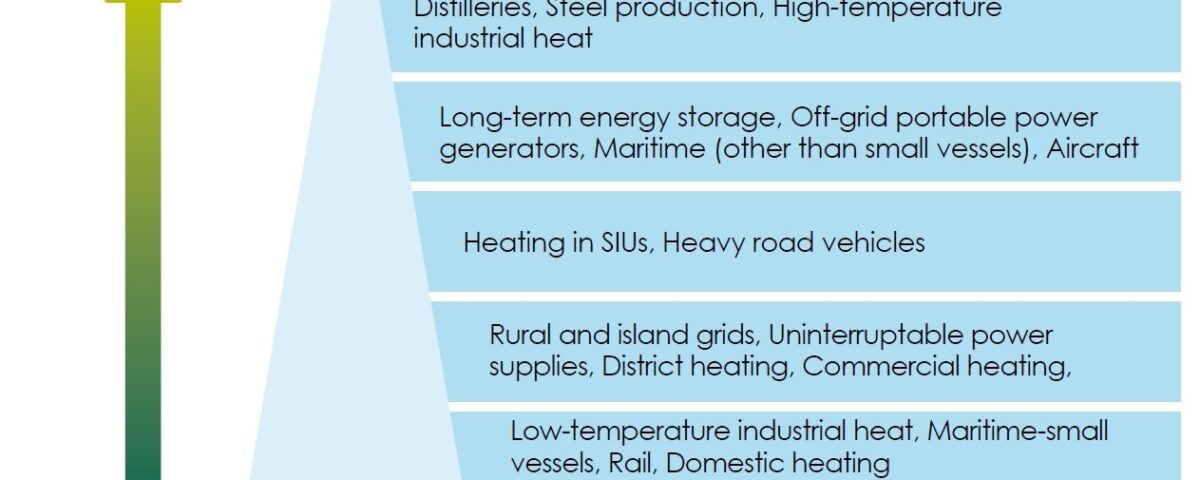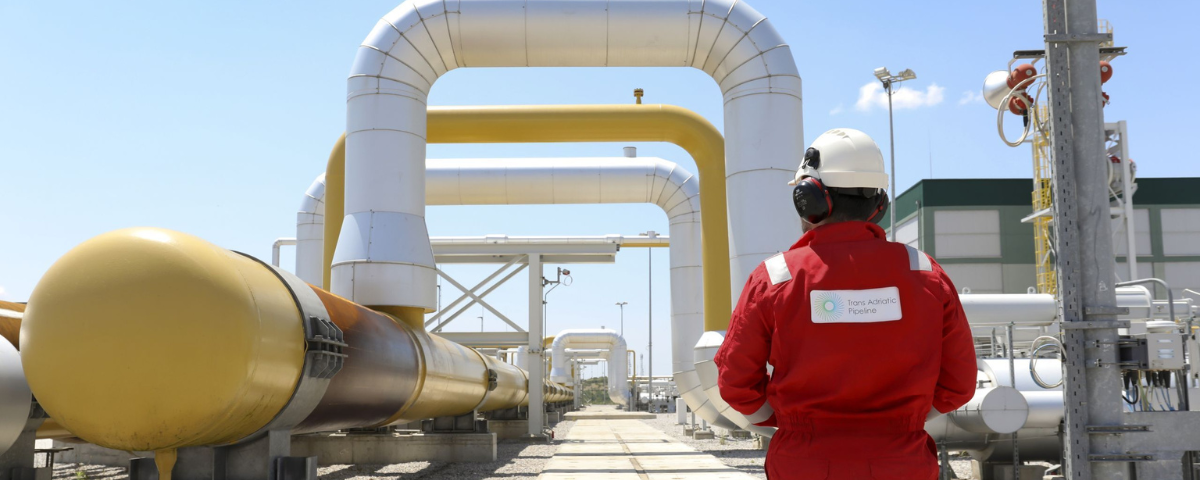The Scottish Government has published their final Hydrogen Action Plan that lays out the strategic approach to build Scotland’s hydrogen economy and help Scotland become a leading producer and exporter in the production of reliable, competitive and sustainable hydrogen. It details the 33 actions that will be taken over the next five years to support the development of a hydrogen economy to further reduce greenhouse gas emissions from Scotland ‘s energy system while ensuring a just transition.
The Hydrogen Action Plan highlights the priority to get as much renewable hydrogen into the energy system as quickly as possible to help towards delivering climate change targets and Net Zero. It confirms the Scottish Government’s commitment to support the development of the hydrogen sector in Scotland and reconfirms the ambition for 5GW of installed renewable and low-carbon hydrogen production capacity by 2030 and 25GW by 2045. The Hydrogen Action Plan is supported by a capital funding programme that will make £100m available to accelerate and maximise the production of renewable hydrogen in Scotland.
The draft Hydrogen Action Plan was published in November 2021 during COP26. Notable additions to the final Hydrogen Action Plan include an Export Chapter which highlights the scale of the export opportunity and a Hydrogen Use section which provides a view on the likely hierarchy of hydrogen use in Scotland:

The hierarchy of uses presented above is based on current understanding of the sector and provides our view of some of the hydrogen uses that are more or less likely to develop, based on current alternatives and available opportunities. This highlights the potential role for hydrogen in the decarbonisation of Statutory Independent Undertakings (SIUs), which are gas networks in Scotland not connected to the national gas network. This is the focus of a partnership between SHFCA members SGN and RWE to investigate the decarbonisation of homes and businesses connected to the local gas networks (SIUs) of Campbeltown, Stornoway, Oban, Thurso and Wick.
Both domestic and international demand for hydrogen will underpin the growth of a thriving hydrogen economy in Scotland. The ambition is for Scotland to become a leading producer and exporter of hydrogen and hydrogen derivatives for use in the UK and in Europe, with the first hydrogen delivered from Scotland to mainland Europe in the mid-2020s. The opportunity for Scotland within the developing global hydrogen market is significant. Increasing European demand for alternative energy sources, to reduce dependency on fossil fuels, means that the supply of renewable hydrogen will play a major role not just in the energy transition but in enabling security of supply across Europe through diversification of fuels and supply sources.
Part 3 of the Hydrogen Action Plan addresses the Renewable Hydrogen Export Opportunity. The draft Hydrogen Action Plan outlined Scotland’s potential to become a leading producer and exporter of low-cost renewable hydrogen to partner nations in Europe. Since its publication in November 2021, geopolitical events have triggered growing global momentum around the development of international hydrogen markets, with countries across Europe increasing the scale and the pace of their hydrogen production and import targets. In light of this accelerated European ambition and demand, this chapter sets out the current estimate of the scale of the export opportunity, Scotland’s competitive advantage and the initial actions we will take at home and abroad to support Scottish companies to participate in and benefit from the development of the international hydrogen market.
Scotland, due to its close geographic proximity to growing centres of hydrogen demand in Europe, being only 700km and 750km from the coastlines of the Netherlands and Germany respectively, benefits from lower transport costs and durations than many other potential hydrogen exporting nations, with shipping taking as little as two days. This proximity, and existing infrastructure connectivity to Europe, offers the potential to not only export hydrogen by ship, but also to establish new pipelines or to repurpose existing pipeline infrastructure to facilitate the transport of hydrogen from Scotland to Europe.
Pipelines are the cheapest option for the transportation of large volumes of hydrogen across long distances. However, it is likely that multiple options, including marine vessel transportation of liquid hydrogen, green ammonia and methanol, and Liquid Organic Hydrogen carrier (LOHC), could all be used for export at different scales depending on off-taker requirements. The Scottish Government will develop a Hydrogen Sector Export Plan (HSEP), which will be published in 2023. The HSEP will outline how the Scottish Government will use its trade and investment levers to support the development of an international market for Scotland’s hydrogen sector, enabling businesses to capitalise on the export opportunities linked to hydrogen.
Part 4 of the Action Plan sets out the 33 Hydrogen Actions to ensure Scotland is in the best possible position to deliver the ambition of 5 GW of renewable and low-carbon hydrogen capacity by 2030, with a focus on actions to meet the following six key challenges:
- Scale up hydrogen production in Scotland (actions 1 – 8): support the acceleration of Scottish renewable and low-carbon hydrogen projects and work with others to address potential barriers and constraints
- Facilitate the development of a domestic market (actions 9 – 16): stimulate demand in domestic use aligned to the scale up of local and regional hydrogen production
- Maximise benefits of integrating hydrogen into the energy system (actions 17 – 20): create an integrated energy system, that includes hydrogen electrolysis, to enable better management of the supply and demand of energy
- Growing and transitioning Scotland’s supply chain and workforce (actions 21 – 24): support the growth and transition of companies and workforce skills development that will underpin our future hydrogen economy
- Establish and strengthen international partnerships and markets (actions 25 – 29): ensure Scotland is prepared to play a key role in meeting the growing demand for hydrogen from import countries in Europe
- Strengthen research and innovation (actions 30 – 33): drive critical research and technological advancements and stimulate collaboration and knowledge sharin
To realise the economic, environmental and societal opportunities presented by the growth of a hydrogen sector in Scotland, action will be taken in the short term to create the required environment to help de-risk early projects, to support the growth of the supply chain, to upskill the workforce and to unlock private sector investment.
The Hydrogen Action Plan is supported by a capital funding programme that will make £100m available to accelerate and maximise the production of renewable hydrogen in Scotland. The first tranche of this £100m, the £10m Hydrogen Innovation Scheme, opened in June 2022 and will support the production, storage and integration of renewable hydrogen in our energy system. The remaining £90m Green Hydrogen Fund will be launched in early 2023.
Source: https://www.gov.scot/publications/hydrogen-action-plan/




